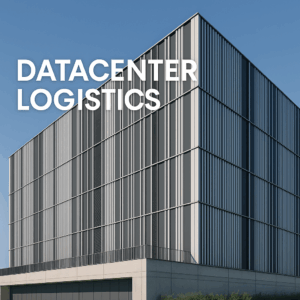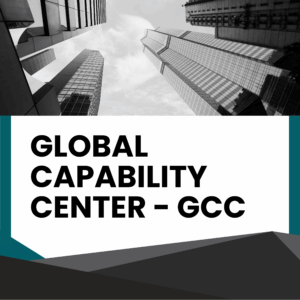Written by : Miro Mandelz
Posted on : January 9, 2023
ORGANIZATIONAL DESIGN
Organizational design refers to the way how a company or organization is structured and how it functions. It involves determining the most effective way to arrange the various parts of the organization, including the roles and responsibilities of employees, the decision-making processes, and the communication channels. In this article, we’ll explore the different types of organizational design and how they can be used to achieve different goals.
One type of organizational design is functional design. This type of design is based on the idea of grouping people together based on their skills and expertise. In a functional design, employees are organized into departments or units based on the type of work they do. For example, a company might have a marketing department, a sales department, and a finance department. This type of design is effective for organizations that have a clear division of labor and a focus on specialization.
Another type of organizational design is divisional design. This type of design is based on the idea of grouping people together based on products, geographical regions, or customer groups. In a divisional design, employees are organized into separate units that are responsible for specific products, regions, or customer groups. This type of design is effective for organizations that operate in multiple markets or have a diverse product line.
A third type of organizational design is matrix design. This type of design combines elements of functional and divisional design, creating a grid-like structure. In a matrix design, employees may report to both a functional manager and a product or regional manager. This type of design is effective for organizations that need to balance the benefits of specialization with the need for coordination across different parts of the organization.
Holacracy, another type of organizational design, is a system of organizational governance that aims to provide a more agile, responsive, and decentralized approach to management. It was developed by the software company HolacracyOne and has been adopted by a rapidly growing number of organizations around the world.
One of the key principles of holacracy is the idea of roles. In a holacracy, each employee has a specific role that defines the work they are responsible for and the authority they have to make decisions within their area of responsibility. Roles are defined by a set of clear and specific expectations, called accountabilities, that outline what the role is responsible for achieving.
Another principle of holacracy is the use of circles. A circle is a group of people who work together to achieve a specific purpose or goal. Each circle has a clear purpose and defined roles, and it operates according to a set of governance and operational rules. Circles are organized in a hierarchy, with each circle nested within a larger circle. This allows for both specialization and coordination across the organization.
A third principle of holacracy is the use of meetings. In a holacracy, meetings are structured to allow for focused and efficient decision-making. There are several types of meetings, including tactical meetings, where the focus is on planning and execution, and governance meetings, where the focus is on defining roles and setting policies. Meetings are facilitated using a set of rules and guidelines to ensure that they are effective and productive.
Holacracy is a complex system that requires a significant investment of time and resources to implement. It is not suitable for every organization, but it has the potential to provide a more agile and decentralized approach to management. By embracing the principles of holacracy, organizations can become more adaptable and responsive to change.

DATACENTER LOGISTIC
Intelligent logistics. Intelligent data. How smart construction site logistics is...
GCC SERVICE DACH
Mandelz Consulting & IBC Consultants A GCC-as-a-Service Partnership Built for...
BURNOUT EXPLORER
OVERCOMING BURNOUT IN ORGANIZATIONS Workplace burnout is a pervasive issue...
COMPENSATION IN CHANGE
How we pay and provide the wages, salaries, benefits profits...




